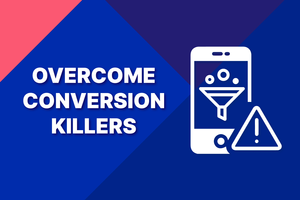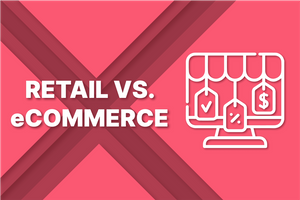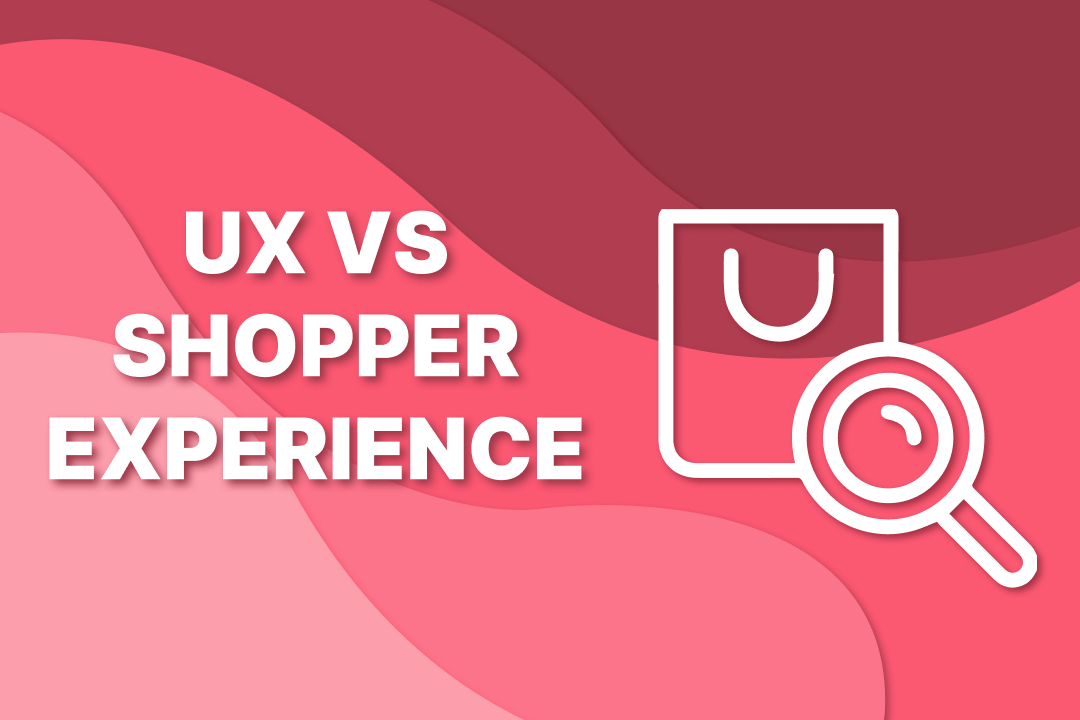
The terms "user experience" (UX) and "shopper experience" (SE) are frequently used interchangeably in the context of eCommerce. However, while they have many similarities, they don't have the same meaning.
In this post, we'll look at the key differences between UX and shopper experience & why it's important to know the difference when building a successful eCommerce business.
While both UX and shopper experience are important for your Shopify store, understanding the difference allows for a more holistic approach to website & mobile app design and management. In the following section, we'll go over how these two concepts affect your sales and how they can lead to a successful eCommerce store.
What is eCommerce User Experience(UX)?
eCommerce User Experience (UX) refers to a customer's overall experience when interacting with an online store. It includes the design, layout, navigation, product pages, checkout process, and customer service, as well as how they all work together to provide a seamless and enjoyable shopping experience for the customer.
A high-quality eCommerce UX should make it simple for customers to find and buy products, with as little friction and confusion as possible. It should also provide customers with the information they need to make informed purchasing decisions, as well as provide prompt and dependable customer service.
A/B testing, user research, and analytics can be used to understand how customers interact with a website, and then changes can be implemented to improve key metrics such as conversion rates and customer satisfaction.
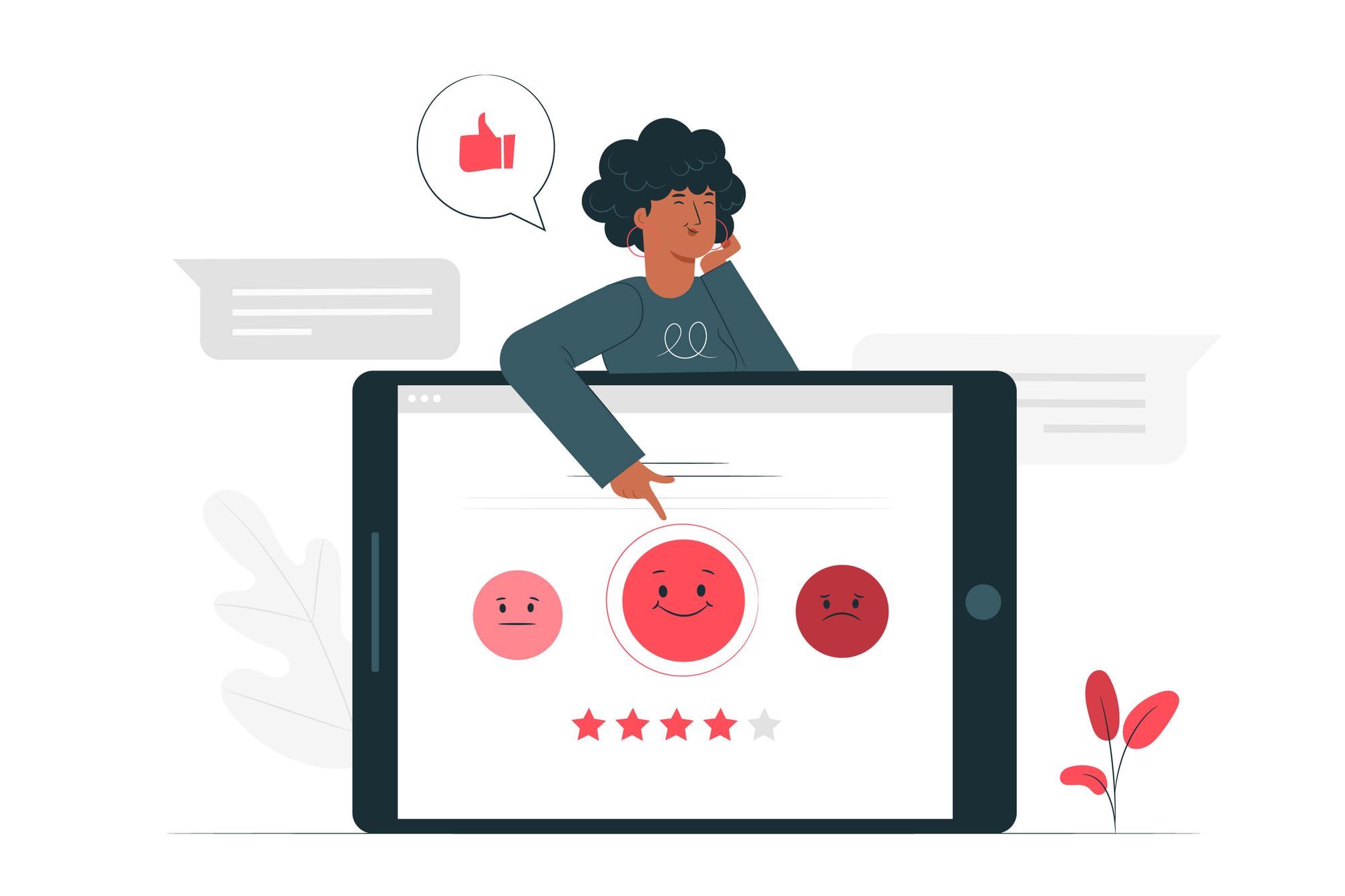
Why User Experience(UX) is Significant on Your Shopify Store?
UX, or user experience, is critical for a Shopify store because it directly influences user satisfaction and likelihood to convert on the site.
A good user experience design ensures that the website is easy to navigate and visually appealing, and that the user can quickly and easily find the information and products they require. You can increase your Shopify sales and boost customer loyalty by leveraging user experience.
Furthermore, a positive user experience can boost the store's search engine rankings and visibility. Overall, investing in UX can yield significant benefits for the success of a Shopify store.
What is the eCommerce Shopper Experience?
The overall journey a customer takes when shopping on an eCommerce website is referred to as the eCommerce shopper experience. This includes browsing products, adding items to their shopping cart, checking out, and receiving their order. The customer's interactions with the brand, such as customer service and post-purchase follow-up, are also part of the eCommerce shopper experience.
An ideal eCommerce shopper experience is one that is smooth and seamless, with few points of friction that may cause the customer to abandon their purchase. This includes having an easy-to-use website design, clear product information and pricing, simple navigation, and a simple checkout process. It also entails providing exceptional customer service and after-sales support.
A positive shopper experience on eCommerce leads to customer satisfaction, repeat purchases, positive word-of-mouth, and, ultimately, increased revenue.

Why is Shopper Experience Significant on Your Shopify Store?
Shopper experience is important on a Shopify store because it directly affects customer satisfaction and likelihood to return. Increased sales, customer loyalty, and positive word-of-mouth can all be attributed to a positive shopper experience.
Customers who have a positive shopping experience on a Shopify store are more likely to return to make future purchases, recommend the store to others, and leave positive reviews. This could result in increased traffic and sales for the store. A positive customer experience can also boost the store's search engine rankings and visibility.
A low-quality shopper experience, on the other hand, can lead to customer dissatisfaction, negative reviews, and lost sales. It can also harm the store's reputation and result in a loss of future customers.
Investing in a positive shopper experience can yield significant long-term benefits for the success of a Shopify store. This includes developing a user-friendly website design, providing clear product information and pricing, simple navigation, and a straightforward checkout process.
It also includes providing outstanding customer service and after-sales support. All of these elements contribute to a positive shopping experience for customers.

Why Is the Distinction Between UX and Shopper Experience Important?
The distinction between UX (user experience) and shopper experience is critical because, while they share many characteristics, they are not interchangeable.
The overall design and usability of the website, as well as how it affects the user's ability to find what they need and complete their task, are the focus of UX. It includes aspects such as the layout, navigation, and overall usability of the website. It is all about making the website as user-friendly as possible.
Shopper experience, on the other hand, is concerned with the entire customer journey, from the moment they arrive on the site to post-purchase assistance. It includes things like the ease with which they can browse products, add items to their cart, complete the checkout process, and receive their order. It also includes interactions with the brand by the customer, such as customer service and post-purchase follow-up.

Differentiating between these two concepts enables a more comprehensive approach to website & mobile app design and eCommerce management. It contributes to ensuring that the website not only looks good, but also functions properly and provides customers with a pleasant shopping experience.
Although UX and shopper experience are related, their contexts differ. By taking into account both elements, you can design a website that is both simple to use and enjoyable to shop on, which can lead to increased sales and customer loyalty.
How to Improve the UX of Your Shopify Store?
1. Make Navigation Easier
Make it simple for customers to find what they're looking for by categorizing and sub categorizing products.
2. Optimize the Product Pages
Make sure that product pages are well-organized and include high-quality images, detailed descriptions, and customer reviews.
3. Improve Page Load Speed
Customers can be put off by long loading times. To improve page load times, you should optimize images, reduce the number of apps and scripts running on your site, and think about using a content delivery network (CDN).
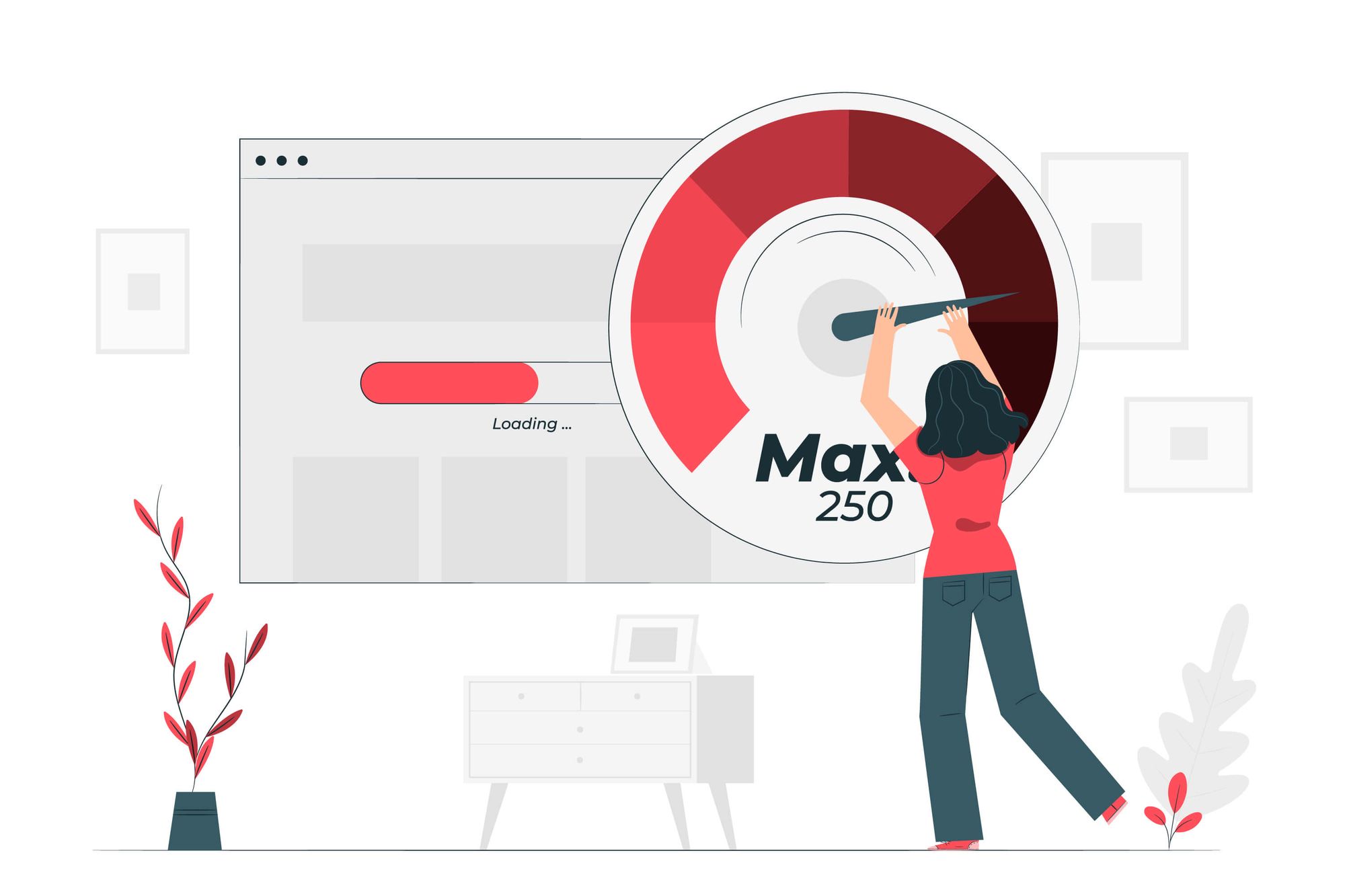
4. Provide Easy & Fast Checkout
You should reduce the number of steps required to complete a purchase and make the total cost, including taxes and shipping, clear.
5. Personalize the Shopping Journey
Personalize the shopping experience and make product recommendations using customer data and browsing history.
6. Offer Excellent Customer Support
Make it simple for customers to get help when they need it by offering multiple support channels such as email, phone, and live chat.

7. Implement A/B Testing
You should perform A/B tests to determine which elements of your Shopify store's design and layout are most effective at converting visitors into customers.
8. Make Optimization for Mobile Devices
With a growing number of customers shopping on mobile devices, it is critical that your store is optimized for mobile browsing and checkout.
9. Turn Your Shopify Store into Mobile App
To provide the best mobile user experience, the most effective way is building your mobile app.
With Shopney, you can turn your Shopify store into a mobile app in minutes. Then you can provide easy navigation, fast & easy check out, and personalize the customer journey by leveraging in-app chat. Start your 30 days free trial today without requiring any credit card info!

How to Improve the Shopper Experience of Your Shopify Store?
1. Make It Easy to Find Products
Organize your products into distinct categories & use filters and search functionality to help customers find what they're looking for.
2. Improve Product Pages
Include high-quality images, detailed descriptions, and customer testimonials to assist customers in making informed purchasing decisions.
3. Provide a Variety of Payment Options
Allow customers to pay using their preferred method, such as a credit card, PayPal, or Apple Pay.
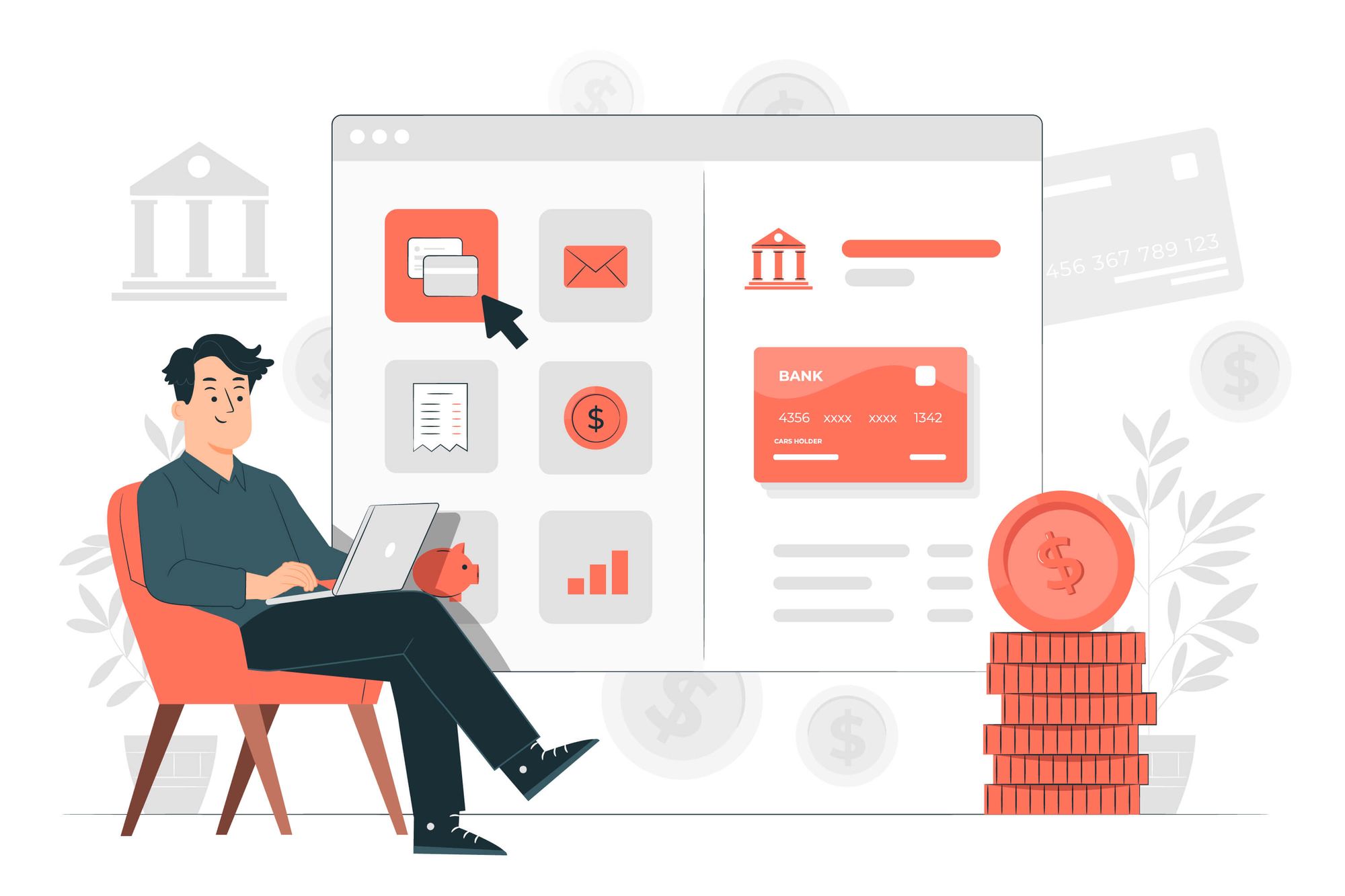
4. Offer Quick & Free Shipping
To encourage customers to buy from your store, provide fast and free shipping options.
5. Increase the Page Load Time
Improve page load times by optimizing images, and reducing the number of apps & scripts running on your site.
6. Leverage A/B Testing
You should implement A/B tests to improve shopper experience as well, to understand which elements of your store's design and layout are most effective to increase conversion.
7. Collect Feedback on a Continuous Basis
Gather feedback from customers on a regular basis and work to improve the areas they suggest.
Summary of the User Experience and Shopper Experience Comparison
To sum up, understanding the difference between UX and shopper experience is critical for developing a successful Shopify store.
While UX is concerned with the overall design and usability of a website, shopper experience considers the entire customer journey, from product browsing to post-purchase support. By taking into account both elements, eCommerce businesses can create a website & mobile app that is not only easy to use but also provides customers with an enjoyable shopping experience.
Investing in a high-quality user experience and shopper experience can result in increased sales, customer loyalty, and positive word of mouth. It can also boost search engine visibility and rankings. A poor shopper experience, on the other hand, can result in customer dissatisfaction, negative reviews, and lost sales.
It is critical to remember that eCommerce is about more than just making a sale; it is also about developing a relationship with the customer. Businesses can create a website that not only drives sales but also fosters customer loyalty by prioritizing both UX and shopper experience.
In other words, a successful eCommerce website prioritizes both user and shopper experience. Understanding the distinction between the two allows eCommerce businesses to create a website that is simple to use and enjoyable to shop on, resulting in increased sales and customer loyalty.

How to Improve User & Shopper Experience with Shopney?
You can improve the user & shopper experience by turning your Shopify store into a mobile app with Shopney and boost your sales!
Provide the easiest shopping journey: With Shopney you can provide your customers with the easiest navigation & fast check-out which are the reason that they prefer to use mobile apps to shop repeatedly. You can help your customers to find what they're looking for quickly and purchase without feeling overwhelmed or frustrated.
Offer a personalized shopping experience: Also, you can personalize the shopping experience by providing personalized recommendations and converting your customers in real-time with in-app chat.
Leverage the power of push notifications: You will be able to remind your app to the customers and make them come back by sending product updates, promotions, incentives, and any relevant message that excites customers about your Shopify store by leveraging push notifications for free.
Implement a loyalty program to your mobile app: As a plus to all these points, you can boost customer retention by implementing a loyalty program to your mobile app. By utilizing mobile loyalty programs you can encourage your customers for their loyal behavior, make them come back to your mobile app, and boost retention.


